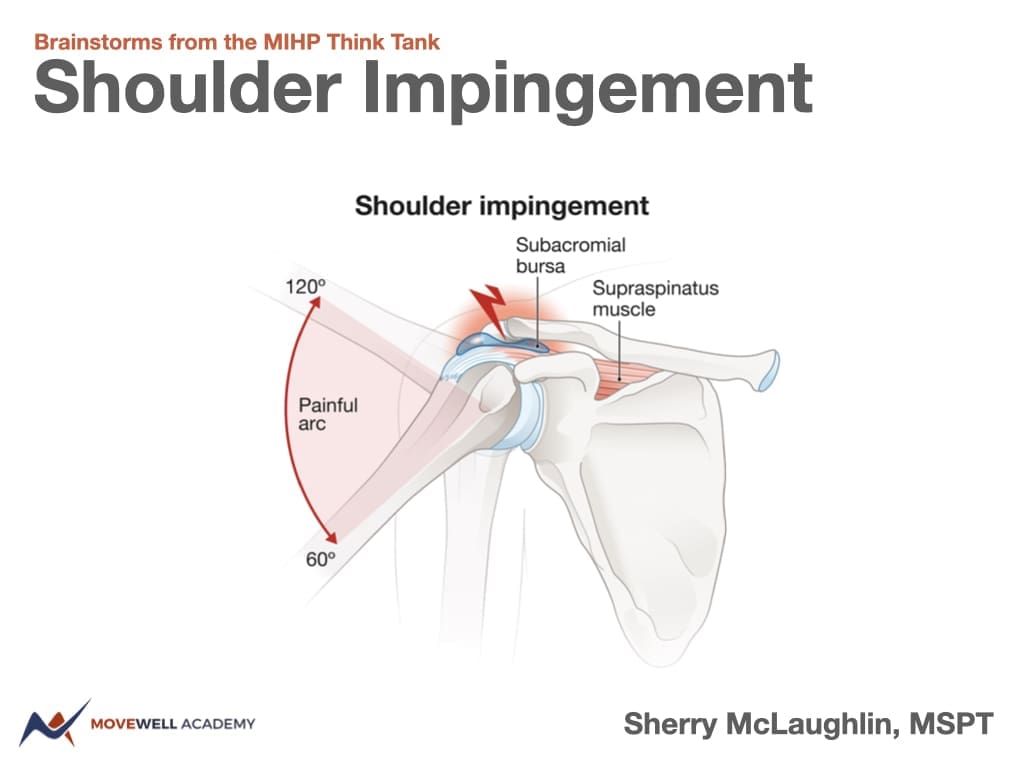Muscle minute Tuesday – The best cheater – Meet the Quadricep muscle

Wait…what do you mean this muscle cheats? Don’t get me wrong. I’m not intentionally disrespecting this muscle. But it has a way of doing the bare minimum if allowed. Let’s dig into it a bit.
Meet the Quadriceps
| Origin | Rectus femoris (RF) originates on the AIIS of the ilium; Vastus lateralis (VL), vastus medialis (VM) and vastus intermedius (VI) originate on the femur |
| Insertion | tibial tuberosity (tibia) by way of the patellar tendon |
| Action | extends the knee, flexes the hip (RF); decelerates knee flexion |
| Innervation | femoral n. (L2, L3, L4) |
| Antagonists | hamstrings and each other (a tight VL can inhibit VMO) |
The Real World Quadricep
In anatomy class, we all learned the quadriceps extend the knee. And they do. But when your foot hits the ground, its main job is to decelerate knee flexion to prevent you from falling to the ground. Ground reaction forces of 2-11 times your body weight can be generated when you walk, run, jump or climb stairs.
But why do I call this muscle the best cheater?
There are a lot of muscles that help decelerate knee flexion when your foot hits the ground: soleus, posterior tibialis and hamstrings to name a few. Think about it. Any muscle that decelerates dorsiflexion or hip flexion when your foot hits the ground will assist in preventing your knee from flexing in closed chain.
How do we know if it’s working?
There are two quick tests I incorporate into my evaluations to determine if the quad is doing what it is supposed to do.
- Single leg wall sit – Test each leg for 15 seconds. (For most of my patients, they wear a shirt and they don’t have to be at 90˚ of knee flexion to determine if one quad is weaker than the other). I do this test on most of my patients with lower extremity or back issues, not just the ones with knee issues
- Standing quad set – You should be able to set your quad while in weight bearing. I make my patients hold it for 6 seconds. The number one reason people have difficulty with this is a lack of knee hyperextension. There are a lot of people who have had surgery that never regained full hyperextension. There are also a lot of people who attempt to do this and feel a pinch in the front. This is usually from a meniscal pinch stemming from abnormal rotation at the knee. Good news: it’s fixable and you should fix it.
(Why did I not film these videos myself? Because I sometimes get my greatest inspiration at 5 a.m. and though my mind is working great, I am not usually camera worthy at that hour.)
Here’s a short list of other observations about the quad:
- If there is even slight knee swelling, this muscle will be inhibited. It is why a person can go into surgery being able to do a quad set and then comes out without being able to activate it
- The vastus medalis obliques (VMO) is an often sleepy portion of this muscle. It is activated best with squatting with the toes pointed straight ahead (not out). I think this is because toe-ing out makes the length tension of this muscle too long to activate efficiently
- The vastus lateralis (VL) commonly has trigger points in people who are over supinated. This signals excessive external rotation of the femur. I could talk about this muscle for a long time, but for now I will say this. When you think you are rolling out your ITB with that foam roller, you are actually rolling out trigger points in the vastus lateralis. And a tight VL will weaken a VMO because they are functional antagonists.
- Someone can have quad paralysis and still look like they have a relatively normal gait pattern. This is because of all the other muscles assisting in deceleration of knee flexion.
- If a quad is weak, a person will either toe-out (over pronate), or roll their foot out (over supinate) to minimize the knee flexion force during gait. Figuring out which compensation occurs will be at the heart of your solution.
Conventional thinking says: Strengthen the quadricep by doing knee extension exercises or straight leg raises.
Real World Thinking asks: Figure out why this muscle isn’t working and get to the root of the problem. Making it work is less about strength training and more about turning on the neurological switch that allows it to fire.
Download our Think Tank on Functional Quad Circuit for ideas on how to wake this muscle up. Or better yet, schedule a live workshop at your clinic so we can talk all about these things in person. I would love that.
Until next time…

Kind Regards,
MoveWell Academy
[email protected]













